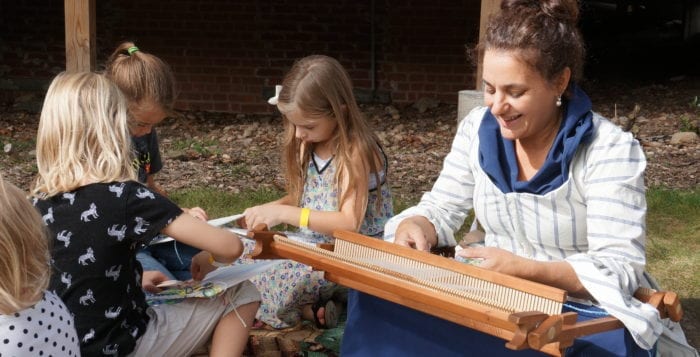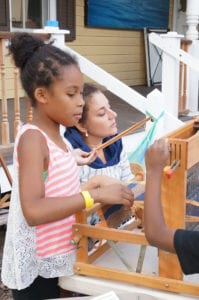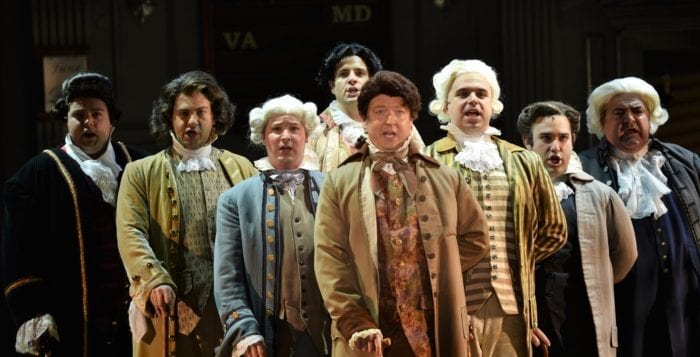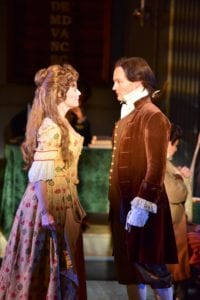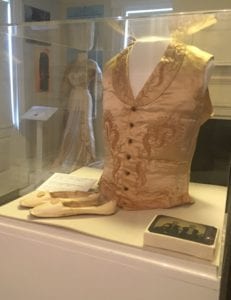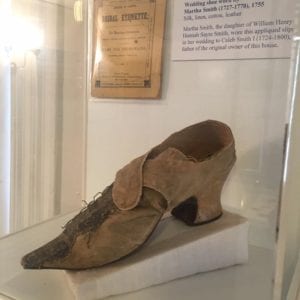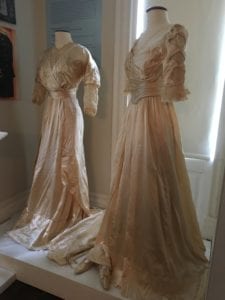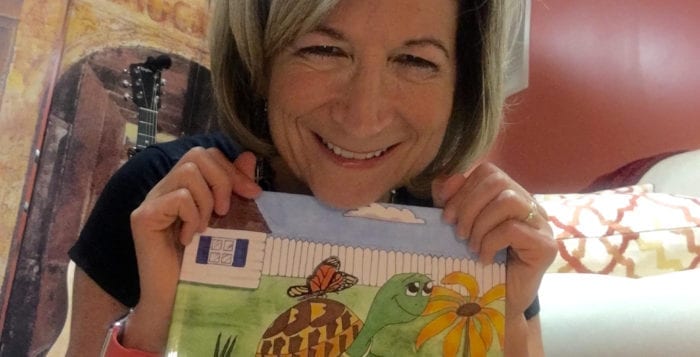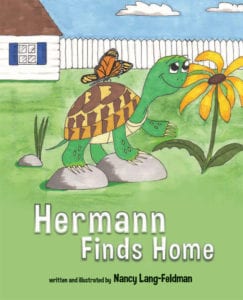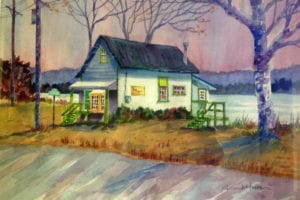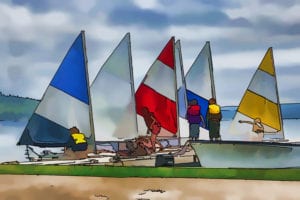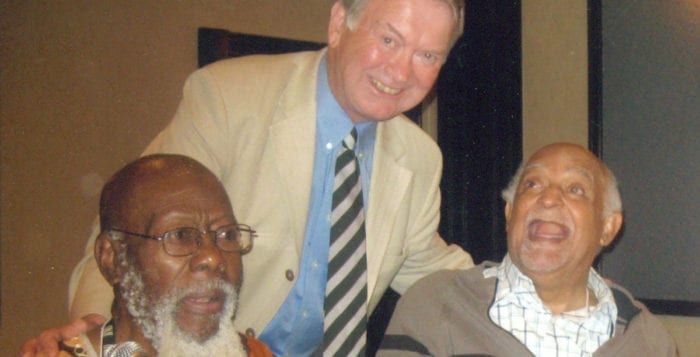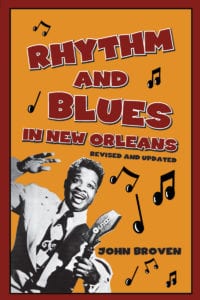By Rita J. Egan
He’s only 13, but William Connor of Northport is already getting a taste of his dreams. In April, the aspiring chef competed on the Food Network’s “Chopped Junior” in an episode that will air on Oct. 25 at 8 p.m.
“Chopped Junior,” the show based on the network’s hit “Chopped,” features four young cooks who work with predetermined main ingredients presented in a basket to create an appetizer, entrée or dessert in 30 minutes or less, and each round a contestant is eliminated. In the Oct. 25 episode, titled “Snapper Snafus,” William and three other contestants will be judged by a panel that includes Danika Patrick, Jamika Pessoa and Scott Conant. According to the online description, the episode will feature appetizers made with duck and some wild-flavored cupcakes in the first round, snapper in the second round and a playful pie and a tart surprise for the dessert dishes.
Until the episode airs, William can’t discuss the outcome or specifics about being on the set; however, during a recent interview, the eighth-grader at Northport Middle School talked about his love of cooking and what he could about his television experience. The 13-year-old said he developed a love for cooking a number of years ago. “One day when I was about seven, my mom was cooking dinner, and I came in and asked her, ‘What’s for dinner?’ She said, ‘Pasta.’ I was like, ‘Can I help?’” William said. “For the rest of the week I helped her, learning different techniques, and then two years later I started cooking by myself in the kitchen.”
The young chef, who said curried chickpeas with tofu is one of his favorite dishes, likes to cook once a week for his family, which in addition to his mom Amy includes his dad Gene, twin brother James and sister Sarah. During this past summer, he was able to cook for them more often, except, he said, “One week when I was at Boy Scout Camp, I was itching to cook.” William said during both the first and second seasons of “Chopped Junior” he asked to audition for the show but his mother said no. He asked again between the second and third seasons, and she finally said yes. “Third time’s the charm,” he said.
When he first asked, his mother felt William was too young to compete. “I knew he loved to cook, and he was really young. I was afraid you go onto something like this that is so high pressure, and there are these people who are authorities at what you want to do, and they tell you that you’re not good enough; they cut you or they tell you what you did wrong,” she said. “Or, they say this didn’t taste good or this didn’t work. And I thought it could really kill that in him and make him turn away from something that he really loved doing.” This year she realized his love of cooking was strong enough to survive criticism. So they filled out the online application to be on the show and uploaded a video on YouTube for the producers to view.
William said he found out he made the cut to appear on “Chopped Junior” when he came home from school one day and his mother gave him a honing steel (for sharpening knives) wrapped in a gift bag. At first, William said he wondered why she gave it to him. “And then, it clicked in my mind, and I literally, from one side of the house to the other, I literally ran and slid on the floor, screaming the whole time in happiness!” he laughed.
To prepare for the show William said he worked with two chefs, his Boy Scout leader, Rob Thall, and his consumer sciences teacher, Michael Roberts, but he couldn’t tell them why. He also watched cooking shows and viewed a number of videos on YouTube to master knife skills and learn other helpful techniques from noted cooking professionals, including his favorites Guy Fieri and Jamie Oliver. Every day his mother gave him a basket of four ingredients so he could practice cooking a dish in half an hour. At first, he said it would take him more than 30 minutes, but little by little, he started cutting down on his time. “By the end I was making it in at least 25 minutes,” he said.
William admitted it was frustrating for him to try to cook in such a short period, at first. “In the middle of it, one time, I thought I wouldn’t do it, so I just literally walked out of my house and just sat on my front porch,” he said. The teen chef said once on the set, he and the other contestants toured the kitchen area so they could familiarize themselves with where everything was. However, William had watched the show closely and not only learned from past contestants mistakes but also he said, “I memorized where everything was by just watching it.” He said many times the mystery ingredients can be something unusual such as gummy worms, but William explained in addition to these, the competing junior cooks can also use spices and basic food items such as pasta, vegetables and meats from the pantry.
Despite participating in the television show, William doesn’t dream of being an on-screen chef. “I see myself cooking and not just glamour cooking. I see myself actually cooking in the heat of the kitchen and everything, and not just showing how to cook,” he said. The aspiring chef hopes to one day attend The Culinary Institute of America and obtain his culinary degree. After college, his recipe for success includes working for a few years in a kitchen, and he said he would love to work in a local restaurant such as his favorite, Tim’s Shipwreck Diner in Northport. William also hopes to open his own restaurant one day. “The restaurant is actually in a barn, and I live in the farmhouse, and all the ingredients are based around the harvest,” he said.
When it comes to advice for junior cooks, William believes in practice makes perfect. “When you want to start, just start helping whoever cooks in the house, and eventually you’ll get up to the point where you can start trying different flavors and trying different things and cooking different recipes that you want to try and cook. And, eventually you’ll start soloing in the kitchen.”


